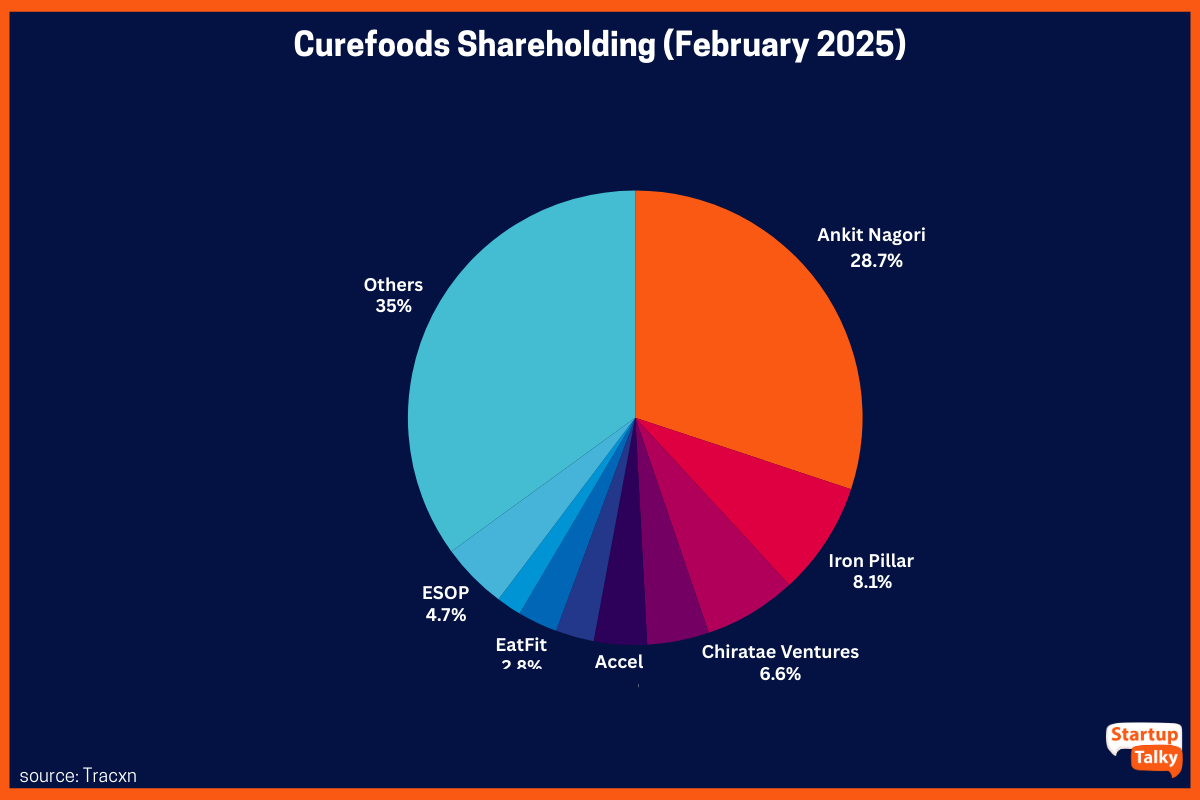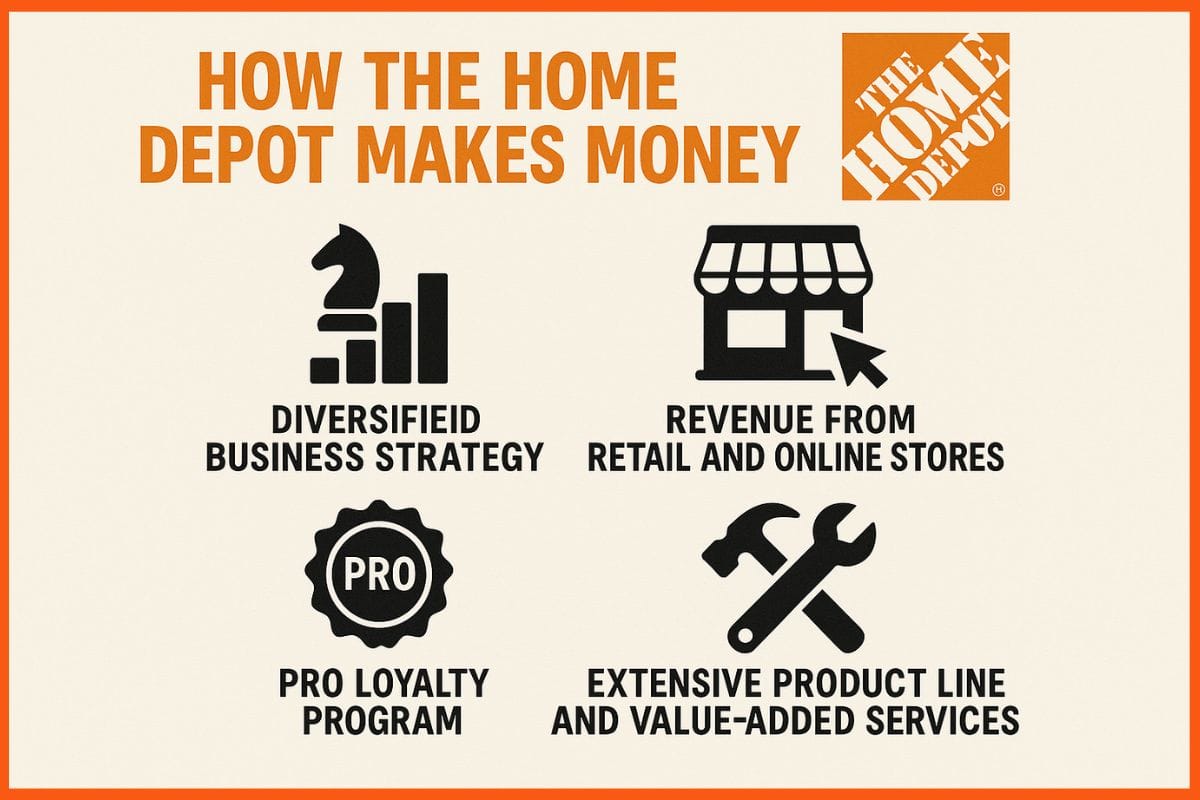Pune & New Delhi, Tuesday, 1st July 2025: Astrophel Aerospace, a Pune-based deep-tech space startup, has raised INR 6.84 Crore (USD 800,000) in a pre-seed funding round led by a consortium of individuals and angel venture firms. The funds will be deployed to develop a reusable semi-cryogenic launch vehicle, scale its in-house R&D to develop missile-grade guidance systems and components. The company anticipates having a working, reusable prototype ready for testing within the next 24 to 36 months.
The funding has been raised on the cusp of the landmark Gaganyaan, Axiom-4, and Space Activities Bill, poised to open the floodgates for private innovation in space technologies. Astrophel Aerospace is one of only a handful of indigenous private startups to have successfully test-fired a semi-cryogenic engine. The milestone was achieved by spending a mere INR 6 Lakh (USD 7,000) and zero external funding before the current round.
Astrophel Aerospace is leveraging a modular, systems-first approach inspired by auto manufacturing best practices to build its Potentia C1U engine. It has also signed an MoU with ISRO for collaborative R&D and testing campaigns. India’s space economy is expected to grow from USD 8.4 billion in 2022 to USD 44 billion by 2033, with over 8,500 small satellites forecast to be launched globally within this decade, as per IN-SPACe.
Suyash Bafna, Co-founder, Astrophel Aerospace, said, “We believe that India’s private space sector is ready to tackle high-complexity, deep-tech challenges in aerospace. We’re building reusable systems and precision components that reduce costs and will usher in a new age of space access for India.”
Astrophel Aerospace is also collaborating with a listed Indian manufacturer to co-produce cryogenic valves, with dual-use potential in both commercial and defence applications. India’s space startup ecosystem is gaining exponential momentum, backed by favourable policy reforms.
“Reusable rockets, turbopump-fed engines and missile-grade guidance systems are among some of the toughest challenges in aerospace today,” said Immanuel Louis, Co-founder, Astrophel Aerospace. “The funding will enable us to deep-dive into development while staying lean and execution-focused,” he added.
With its first suborbital launch on the horizon, Astrophel Aerospace is positioning itself as India’s next propulsion and launch infrastructure company, built from the ground up to serve India’s ambitious space aspirations.
About Astrophel Aerospace
Astrophel Aerospace is an Indian deep tech space startup developing affordable, dedicated launch vehicles for small satellites, powered by semi-cryogenic propulsion systems. Its flagship Astra C1 series and Potentia engine position it among the few Indian private companies to have independently built and successfully test-fired a semi-cryogenic engine in August 2023, without any external funding. By combining best practices from automotive manufacturing with 3D printing, Astrophel reduces production time and cost by up to 40%, making it potentially one of the most accessible launch providers in the segment. The company has developed in-house capabilities across throttleable engine valves, regenerative nozzle design, cryogenic subsystems, and real-time avionics software. Astrophel is planning full orbital missions from Indian launchpads utilising reusable launchers to capitalise on the potential of India’s space industry, projected to reach USD 44 billion by 2033. It is supported by a distinguished advisory board, consisting of propulsion experts with experience working at ISRO, Hindustan Aeronautics Limited and DRDO. Together, they bring technical oversight and strategic depth to Astrophel’s mission to democratise space access.
About Suyash Bafna
Suyash Bafna is the Co-Founder of Astrophel Aerospace, playing a key role in systems integration, operations, and strategic execution. With a background in mechanical engineering, Suyash bridges the gap between propulsion, avionics, and structural design, ensuring that Astrophel’s launch systems are optimised for performance and reliability. He has been instrumental in coordinating subsystem development for the Astra C1 vehicle and managing timelines for the company’s upcoming suborbital launch. His focus on mission-readiness, testing protocols, and cross-functional collaboration has helped streamline development despite limited resources. At Astrophel, Suyash also oversees external partnerships and vendor alignments, working to reduce costs while maintaining technical integrity. Passionate about building indigenous space capabilities, he is committed to enabling affordable access to space for small satellite operators. His systems-driven leadership contributes significantly to Astrophel’s goal of becoming India’s most cost-effective and agile launch provider.
About Immanuel Louis
Immanuel Louis is the Co-Founder of Astrophel Aerospace. An aerospace engineer by training and a lifelong aviation enthusiast, Immanuel holds a master’s degree from MIT Chennai. His journey began with building remote-control aircraft as a child and evolved into co-building one of India’s most affordable semi cryogenic rocket engines. At Astrophel, he spearheads propulsion system design, engineering integration, and business strategy. He is committed to building India’s next-gen launch infrastructure and fostering a new wave of aerospace talent. His passion lies in combining indigenous innovation with global best practices to position Astrophel as an upcoming leader in the small satellite launch segment.
About MD Taj Baba, Founding Member & Head of Aero Thermal Engineering
MD Taj Baba is a founding member of Astrophel Aerospace and currently leads aero-thermal engineering initiatives with a dedicated focus on liquid propulsion and rocket nozzle systems. With a Bachelor’s in Aeronautical Engineering from AeSI, New Delhi, and a Master’s in Thermal Engineering from Osmania University, Taj brings deep expertise in thermodynamic analysis, engine heat transfer, and high-performance thermal system design. While instrumental in shaping Astrophel’s early vision and direction as a Co-Founder, Taj is now transitioning away from operational leadership to focus full-time on technical development within the propulsion team. At Astrophel, he has played a pivotal role in the design and validation of critical cryogenic engine components, control valves, and regenerative cooling systems. An Associate Member of the Aeronautical Society of India and a mentor to aspiring aerospace engineers, Taj remains deeply committed to advancing indigenous semi cryogenic propulsion technologies and scaling India’s capabilities in the global space sector.





















